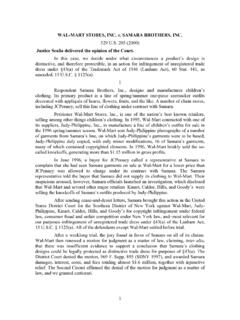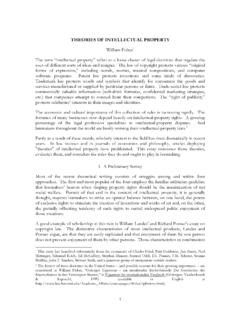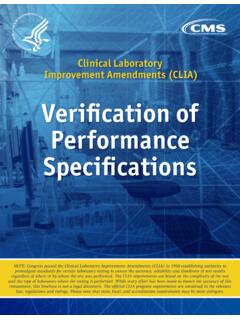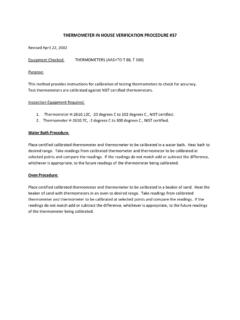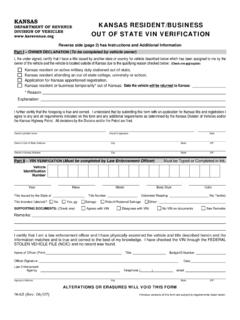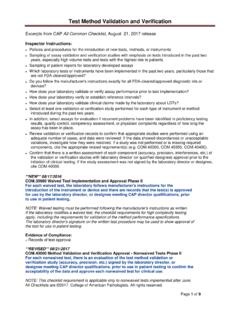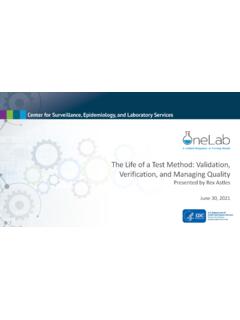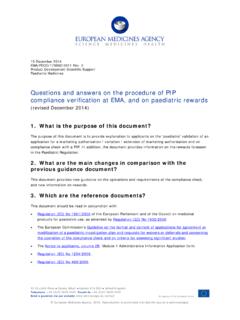Transcription of PRE-TRIAL PROCEDURE
1 Course Title: Evidence Professor: Charles Nesson Date: Winter 2007. PRE-TRIAL PROCEDURE . I. INITIAL PLEADINGS. A. Complaint The complaint is the first step to getting to trial in a civil proceeding. This document, once filed in the appropriate court system, formally establishes a cause of action against another party, and details the basis for the cause of action. The form of the complaint generally is controlled by federal, state and local rules of civil PROCEDURE . For example, Fed. R. Civ. P. 8(a) and 8(e) provide: A complaint shall contain (1) a short and plain statement of the grounds upon which the court's jurisdiction depends, (2) a short and plain statement of the claim showing that the pleader is entitled to relief, and (3) a demand for judgment for the relief the pleader seeks.
2 Each averment of a pleading shall be simple, concise, and direct. No technical forms of pleading or motions are required. A party may set forth two or more statements of a claim or defense alternately or hypothetically, either in one count or defense or in separate counts or defenses. A party may also state as many separate claims or defenses as the party has regardless of consistency and whether based on legal, equitable, or maritime grounds. Most courts follow the above guideline that the complaint should be short, plain, simple, concise and direct, with the exceptions of causes of actions that require more detailed allegations, such as fraud.
3 Fed. R. Civ. P. 9(b). Additionally, virtually all courts require a specific demand for jury trial, otherwise this right is waived. Fed. R. Civ. P. 38. As a general rule, even when not required by court PROCEDURE , it's best to keep complaints as short, plain, simple, concise and direct as possible, so as not to limit future arguments or positions that might be inconsistent with the complaint. While most jurisdictions permit the pleading of inconsistent positions within a complaint, I try to avoid this because some jurisdictions permit the complaint to be introduced as evidence.
4 Inconsistent positions can hinder the plaintiff's credibility and position. Harvard Law School, Evidence Martin Levin PRE-TRIAL PROCEDURE , Page 1. Course Title: Evidence Professor: Charles Nesson Date: Winter 2007. On the other hand, you definitely want to make sure that you preserve all causes of actions and positions you might wish to argue at trial. For this reason, I generally prepare the initial complaint utilizing very general phrases and terms, minimum factual statements, and include as many potential causes of actions as I can assert.
5 As discovery proceeds, and the evidence becomes more clear, I periodically review my complaint to determine whether any additional causes of actions can be asserted and/or whether I need to include additional factual information in my complaint to support the causes of actions previously pled. I then immediately amend the complaint, if necessary, to support every cause of action and issue I intend to argue at trial. It's not uncommon for me to amend my complaints three or four times during the discovery process.
6 I do this to make sure that I have sued the properly named defendants, and that I can overcome motions for judgment on the pleadings and motions for summary judgment. I also do this to make sure that the evidence I intend on introducing at trial is not excluded on the grounds of being irrelevant to the causes of actions pled in the complaint. I rather have multiple amendments to my complaint than to wait too long and be prevented from amending the complaint due to it being untimely. See for example Fed. R. Civ.
7 P. 15. Importantly, while the rules of civil PROCEDURE dictate the form of the complaint, much of the substance of the complaint will be controlled by statutory, administrative and common law. It's crucial before filing the initial complaint to thoroughly research the United States Code, the Code of Federal Regulations, federal common law, state statutes, state administrative codes, state common law, local codes and ordinances, and applicable jury instructions. These sources will provide you crucial information regarding the various causes of actions available, and the elements of each cause of action.
8 B. Answer: The answer to a complaint is the defendant's official admission/denial of the facts and issues asserted in the plaintiff's complaint, including any affirmative defenses that the defendant asserts (such as, accord and satisfaction, assumptions of the risk, estoppel, fraud, laches, res judicata). Similar to the form of a complaint, defense counsel should write the answer in short, plain and concise terms. Fed. R. Civ. P. 8(b) & (e). Most often, the defendant has the luxury of simply writing the words denied or unknown.
9 Rarely does the defense, nor should the defense, admit many allegations in the complaint. Plaintiff's counsel, however, should immediately and carefully compare the complaint to the answer to make sure that the defendant admitted the allegations that plaintiff's counsel thought should be admitted; such as, the defendant's full legal name, the wrongdoer was an employee of defendant, the wrongdoer was acting within the scope of his employment, etc. It's important for the defendant to timely answer the complaint, as the defendant's failure to deny an assertion in the complaint is an admission to its truth.
10 Fed. R. Civ. P. 8(e) Also, the Harvard Law School, Evidence Martin Levin PRE-TRIAL PROCEDURE , Page 2. Course Title: Evidence Professor: Charles Nesson Date: Winter 2007. defendant needs to be careful to include all possible affirmative defenses in its answer, and to timely file motions that must be asserted before or simultaneously with the answer; , lack of personal jurisdiction, lack of subject matter jurisdiction, improper venue, failure to state a cause of action. Fed. R. Civ. P. 12(b). Defense counsel should periodically review the answer to make sure that all possible affirmative defenses, and potential counterclaims, have been asserted.


